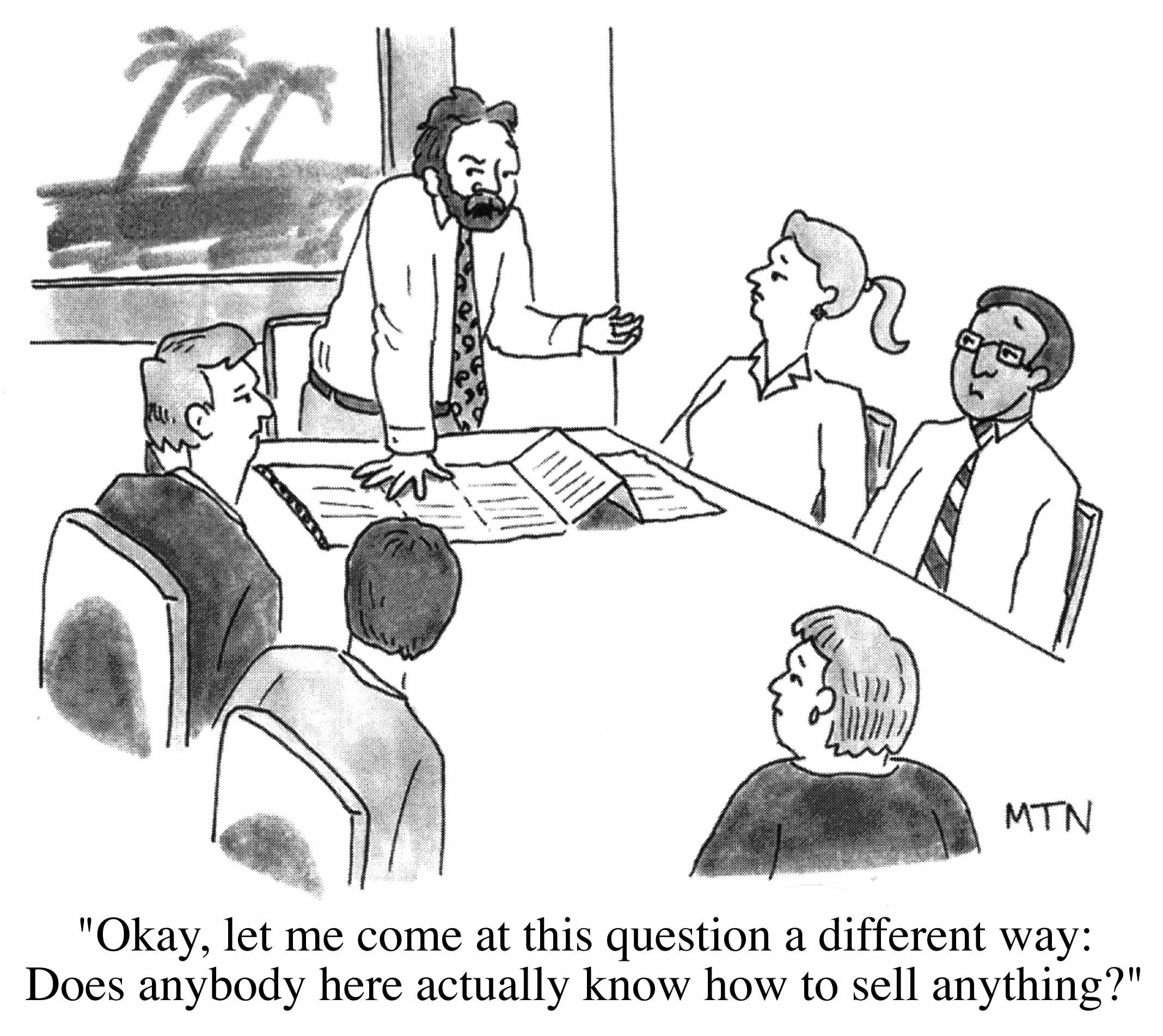A Step By Step Strategy to Crush Your Next Sales Call

Most people think online sales meetings only last for an hour or so. They join at the beginning, and an hour later it’s over.
However, these are usually the people that attend meetings, not the ones who plan them.
Great salespeople know that much more is involved in making meetings successful: they are actually a series of carefully orchestrated events over the course of a sale.
At any given time you are scheduling, planning, meeting, getting agreement on the next meeting, or following up – then repeating over and over until a sale is closed.
First Get the Meeting on Their Schedule
Find a meeting time that works for everyone. If a decision maker (of any kind) cannot attend, try not to have the meeting. If there is an influencer that wants to meet without a decision maker, you’ll need to consider that you will likely have to meet again. This person may not convey information correctly to their colleague, and/or they may not have even told them about your product or service yet.
Your time is just as valuable as your prospect’s. If you must meet without the proper people, make sure to get their email addresses. Be candid with the rest of the team that you will be following up with notes and action items to everyone, including those who could not attend.
Decide on the End Goal
Next, you’ll need to plan. Do not wing it. Studies show that one reason top performers make more sales is because they spend more time preparing for meetings. It’s that simple.
Next, be sure to define a clear outcome in your head – what do you want to accomplish with this meeting? Do you want another meeting, a trial, or an introduction to the decision maker? If so, imagine that goal happening. What does it look like? Just like elite athletes, you can use visualization to imagine your success.
Once you’ve done this a few times, go ahead and create an agenda that focuses on that outcome while it’s fresh in your memory.
Send out the agenda a week in advance for review, and ask your potential customer for their feedback. This will let them know that you value their time and their input.
Send a reminder email one day before.
Designate a separate note taker from yourself. You may feel this is not necessary, but I assure you, it’s important. You’ll want to focus on listening, understanding what’s being said, guiding the conversation, advancing the agenda, asking questions, and listening. More about this later.
Most people don’t think about practicing for meetings. Rehearse what you’re going to say and how you’re going to say it, preferably with a colleague to get feedback.
Conduct one of the rehearsals with the exact technology you will use. Even a great salesperson has a difficult time recovering from bad technology.
Brainstorm objections and how you will counter them. The more you rehearse, the more confidence you’ll have.
The Show
How you start the meeting will set the tone. Take the lead in the very beginning. Start with formal introductions, and tell people explicitly how you want them to introduce themselves.
Example: “State your name, your company, and your role.” People want to know who they are spending their time with and why others are there.
State the purpose of the meeting by expressing the proposed outcome – what you hope to accomplish.
Example: “We’re meeting today to decide if Acme Software is compatible with Zenco Corporation’s underlying infrastructure and hardware. If we all agree that the software is compatible, we’ll discuss a trial period and what that might look like.“
Ask if anyone has more they would like to accomplish. Also ask if everyone is ok with the stop time, in case the meeting runs longer than planned.
Ask, Listen, Document
If you are trying to sell by talking about your product or service, you will never know if the prospect needs it. Ask leading questions, listen to what they say and how they say it, and document their answers.
Once you understand their needs, ask them if your product or service would be useful to them. Buyers are usually highly informed and educate themselves before they meet with a salesperson. You may never need to explain what your product does or how it works.
Keep in mind, nothing makes a prospect more upset than not being heard. If they have to repeat what they’ve already said once before, you’ll have to work harder to earn their trust.
Every great salesperson knows that taking notes is critical, and you don’t want to miss this information. You want to show your potential clients you understand their wants and needs more than anyone.
Make it easy on yourself and use a meeting tool where everyone can see the meeting notes as they’re being written. This gives everyone on the call the opportunity to correct any misunderstandings immediately. This builds trust, which is essential.
One more tip: write exactly the words people say. You may not hear the meaning behind the words until you read the text again – and writing what you think they “meant to say” can lead to big misunderstandings.
Ask for a grace while someone captures the information, ask if it’s correct, and don’t be afraid to assign action items. You can’t sell to someone without them contributing in some way to the process.
Guide the Conversation Using the Agenda
During the meeting, you are expected to facilitate – which gives you an advantage. Using the agenda (that everyone agreed to beforehand), you can redirect the discussion if it veers off topic and lead the conversation where you want it to go.
If you must show a presentation, use as many graphics as possible – our minds read images easier and faster than words. Have your own notes for presenting, but do not add all of the words on the presentation.
Ask questions to specific attendees to make sure they are engaged and participating. Checking email, instant messaging, or any other little distraction is tempting, especially in an online meeting.
Go For the Close
If you’ve asked the right questions about a prospective customer’s needs, and they have told you that what you have to offer would help them, now is the time to repeat that back to them.
“So you’ve said you need X, and that you can see how Y would be a good fit. Is that right?” Now stop, do not say a word, and listen to them sell themselves. And of course, document this in the notes.
If your sales cycle is long – say 6-12 months or more – then help your customer by defining what steps you will go through together during the sale (especially if it has many moving parts).
Ask them if they have any objections or impediments to the process. You may uncover that someone key to the sale is leaving for a period of time to get married, have a child, or take an extended vacation – better to know this ahead of time.
Document the major steps for clarity and agreement, then work together to determine the (smaller) next step. Does this next step match with your goal? Is it the preferred outcome to this meeting?
Once everyone is clear on how you’ll proceed, graciously thank your prospect for their time and close the meeting.
Follow Up
Following up right after a meeting is a great way to continue to build trust in your prospective customer’s mind. Most people do not take the time to follow up right away – and doing so can give you a competitive advantage.
If possible, make sure you don’t schedule anything after your meeting. Immediately re-read and refine your notes, and send them out to the entire team while the meeting is fresh in their head.
If the next meeting was planned or agreed to, go ahead and pull together a rough agenda and add the meeting to everyone’s calendar.
Earning Trust: The Key to Making the Sale
If you have a solid product or service and the customer needs it, the only missing ingredient is whether or not a prospect wants to work with you. People want to work with people they trust (and like), and there are numerous ways to earn that trust during a sales process.
You are continually making small commitments to coordinate, have a meeting, show up, follow up, provide relevant information, bring others into the conversation, and deliver on requirements.
Take these commitments seriously and always do what you say you’ll do – you’ll not only earn trust, but you will show your prospect that you respect them and their time. Once you earn their trust and respect, you’re likely to earn their business too.



